Navigating the Path to a Two-State Solution: Overcoming Political, Social, and Economic Challenges
Two State Solution?
The challenges of implementing a two-state solution for the Israeli-Palestinian conflict, including political obstacles, social and cultural complexities, and economic considerations.
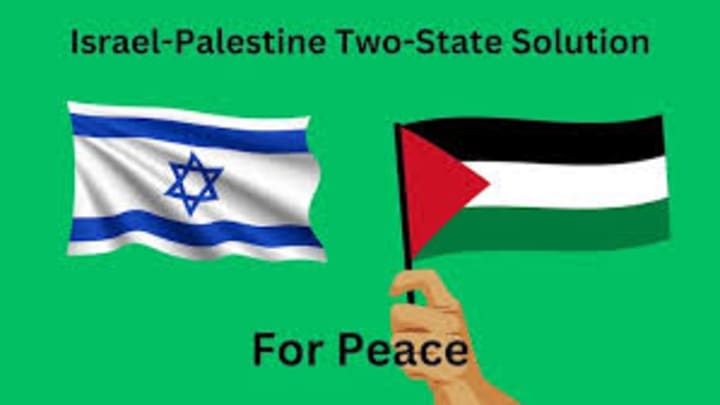
Overview of the Two-State Solution
The two-state solution, as a proposed resolution to the Israeli-Palestinian conflict, has historical roots dating back to the early 20th century. It gained significant traction following the Oslo Accords in the 1990s, which outlined a framework for negotiations towards establishing two separate states in the region. The evolution of territorial proposals and peace agreements has shaped the current understanding of a two-state solution, emphasizing the need for mutual recognition, peaceful coexistence, and the right to self-determination for both Israelis and Palestinians.

One significant event that influenced the two-state solution framework was the Camp David Summit in 2000, where Israeli and Palestinian leaders engaged in high-level negotiations aimed at reaching a final agreement. Despite the intense discussions and efforts made by both parties, the summit ended without a mutually accepted resolution, underscoring the complexities and challenges inherent in implementing a two-state solution. The failure of the Camp David Summit highlighted deep-rooted political, social, and economic obstacles that continue to hinder the progress towards a lasting peace settlement in the region.
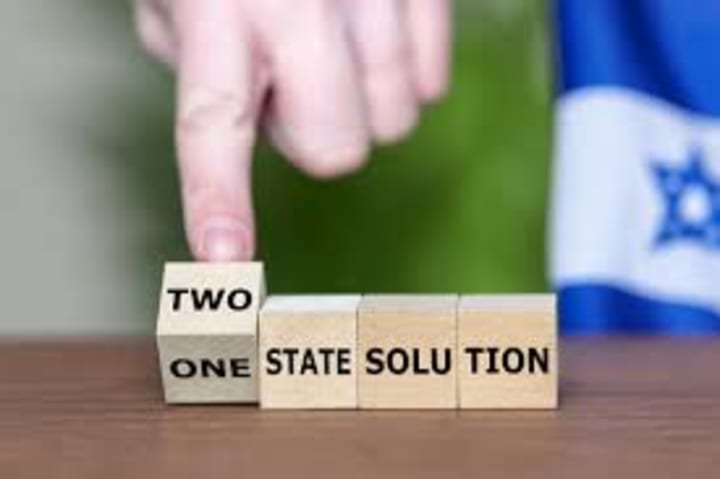
Historical Background
The historical roots of the two-state solution can be traced back to the early 20th century, gaining traction through significant events like the Oslo Accords. For instance, the Oslo Accords of the 1990s marked a milestone in Israeli-Palestinian relations by outlining a framework for peace negotiations and interim self-government arrangements. This historical agreement signaled a shift towards a two-state vision, setting the stage for further discussions on territorial sovereignty and security measures.
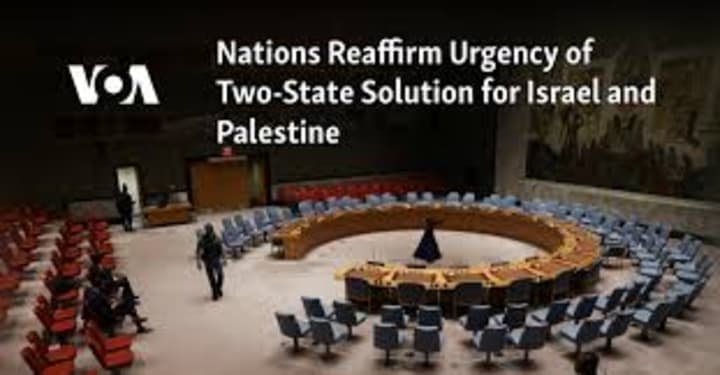
Moreover, the evolution of territorial proposals and peace agreements has been instrumental in shaping the trajectory of the two-state solution. For example, the Camp David Summit in 2000 witnessed intense negotiations between Israeli and Palestinian leaders, aiming to address core issues such as borders, settlements, and the status of Jerusalem. Despite the challenges faced during the summit, the discussions underscored the complexities involved in reaching a comprehensive resolution to the conflict. These historical events highlight the intricate path towards a two-state solution, reflecting the enduring quest for a peaceful coexistence between Israelis and Palestinians.
Key Challenges in Implementing a Two-State Solution
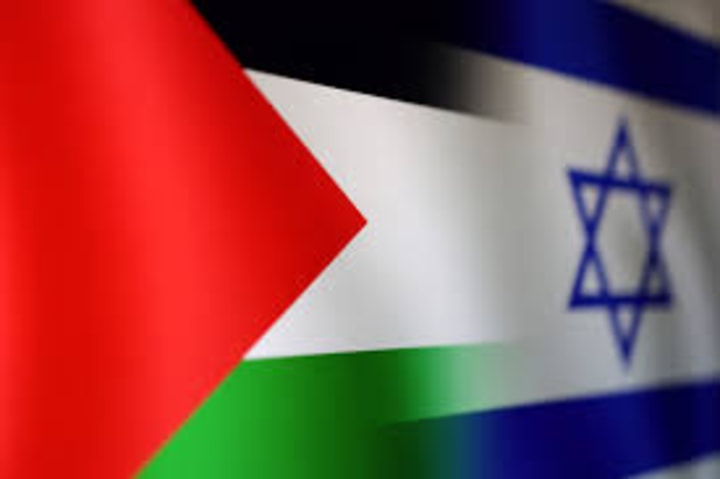
The challenges of implementing a two-state solution are multifaceted and deeply intertwined, requiring a nuanced approach to address the complex issues at play. One of the key political obstacles lies in the longstanding disputes over sovereignty, borders, and security arrangements between Israel and Palestine. For example, the status of Jerusalem as a contested city highlights the intricate nature of territorial claims and the difficulty in reaching a consensus on such a critical issue. The political landscape is further complicated by the presence of different factions within both Israeli and Palestinian societies, each with its own set of demands and priorities, making it challenging to achieve a unified stance.
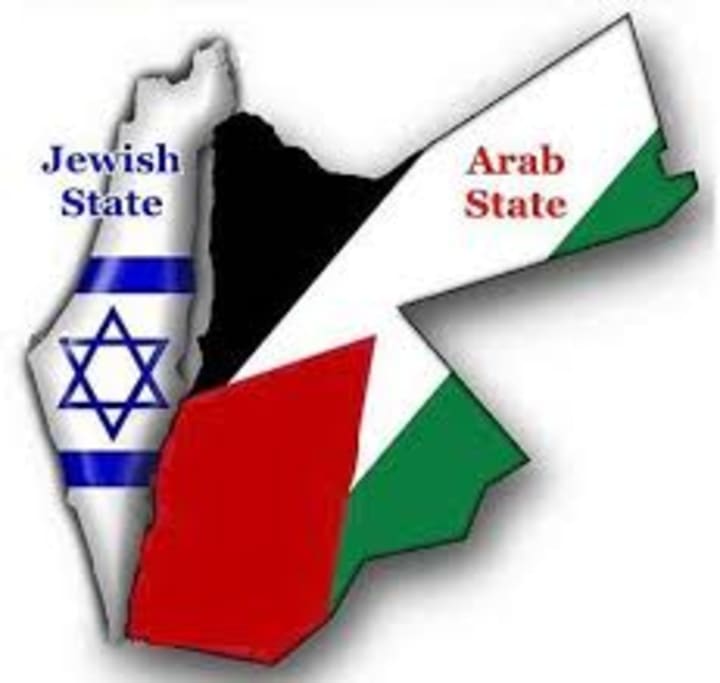
Moreover, social challenges present significant hurdles to the successful implementation of a two-state solution. Issues surrounding national identity, particularly the divergent narratives of historical events, contribute to the deep-seated animosities and mistrust between the two communities. For instance, the narratives surrounding the creation of the state of Israel and the Palestinian exodus in 1948 evoke contrasting emotions and interpretations, making it arduous to forge a shared understanding of the past. Refugee resettlement poses another intricate social challenge, as the right of return for Palestinian refugees remains a contentious issue that touches upon core aspects of identity and justice.
On the economic front, barriers to progress include significant disparages in infrastructure, resource allocation, and economic development between Israel and Palestine. These economic inequities not only impact the daily lives of individuals in both territories but also influence the power dynamics and negotiations between the parties. For instance, the economic interdependence between Israel and Palestine, while offering potential avenues for cooperation, also presents challenges in terms of achieving true economic autonomy and sustainability for a future Palestinian state. Addressing these economic impediments is crucial in laying the foundation for a stable and prosperous two-state solution.
Political Dynamics and Obstacles
The political dynamics and obstacles surrounding the two-state solution are deeply entrenched in the historical power struggles and conflicting interests between Israeli and Palestinian leadership. For instance, the ongoing dispute over issues such as sovereignty, borders, and security arrangements highlights the complexities of achieving a mutually acceptable agreement. A prominent example is the sovereignty over Jerusalem, a city claimed as the capital by both Israelis and Palestinians, presenting a formidable obstacle in negotiations.
Moreover, internal factional interests within both Israeli and Palestinian territories further complicate the path to a two-state solution. The presence of groups like Hamas, with its divergent views on the peace process, and the internal divisions within the Palestinian Authority create internal political challenges that impede progress towards a cohesive resolution. These dynamics underscore the multifaceted nature of the political obstacles that must be navigated to establish a sustainable two-state framework.
Furthermore, external actors such as the United States, the United Nations, and regional powers significantly shape the political landscape of the Israeli-Palestinian conflict. Their involvement, whether through mediation efforts, diplomatic pressure, or strategic alliances, can either advance or hinder the prospects of a two-state solution. The varying agendas and interests of these external actors add another layer of complexity to the negotiations, making it essential to address not only internal dynamics but also external influences to pave the way for a viable resolution.
Social and Cultural Complexities
Social and cultural complexities play a crucial role in the challenges faced when implementing a two-state solution. Historical narratives deeply embedded in the Israeli-Palestinian conflict shape the perceptions, grievances, and aspirations of both sides. For instance, the memory of past conflicts, displacement, and historical injustices can hinder the willingness to compromise and trust in the peace process. These narratives create emotional barriers that need to be addressed to build mutual understanding and reconciliation between Israelis and Palestinians.
Moreover, religious affiliations are intertwined with the social fabric of the region, influencing political decisions and societal attitudes towards a two-state solution. The significance of religious sites, such as Jerusalem's Old City, holds immense cultural and religious importance for both Jews and Muslims, adding layers of complexity to any territorial division. Competing claims to sacred spaces and historical heritage contribute to the sensitivity and emotional nature of the conflict, making it challenging to find common ground for a sustainable peace agreement.
Economic Considerations and Impediments
Economic considerations play a pivotal role in the feasibility of a two-state solution, with disparities in GDP, infrastructure, and access to resources posing significant challenges. For instance, Israel's GDP per capita is substantially higher than that of Palestine, leading to imbalances in economic development and standards of living between the two entities. The unequal distribution of resources and infrastructure investments further exacerbates these economic disparities, hindering the potential for equitable growth and prosperity under a two-state framework.
Moreover, the intricate web of economic interdependence and trade relations between Israel and Palestine adds another layer of complexity to the economic landscape of a potential two-state solution. While shared economic interests can foster cooperation and stability, they also create dependencies that may complicate the establishment of separate, self-sustaining states. Balancing the economic benefits of collaboration with the need for independent economic systems is a critical consideration in the implementation of a two-state solution. By addressing these economic impediments and fostering economic self-sufficiency within each state, the path towards sustainable peace and development in the region can be significantly smoothed.
About the Creator
David Snam
Greetings, I'm David Snam, a passionate storyteller weaving narratives that resonate with the heart and mind. My tales blend the surreal with the everyday, inviting you to explore worlds where the ordinary transforms into the extraordinary.
Enjoyed the story? Support the Creator.
Subscribe for free to receive all their stories in your feed. You could also pledge your support or give them a one-off tip, letting them know you appreciate their work.






Comments (1)
Hey, just wanna let you know that this is more suitable to be posted in the theSwamp community 😊